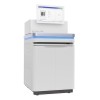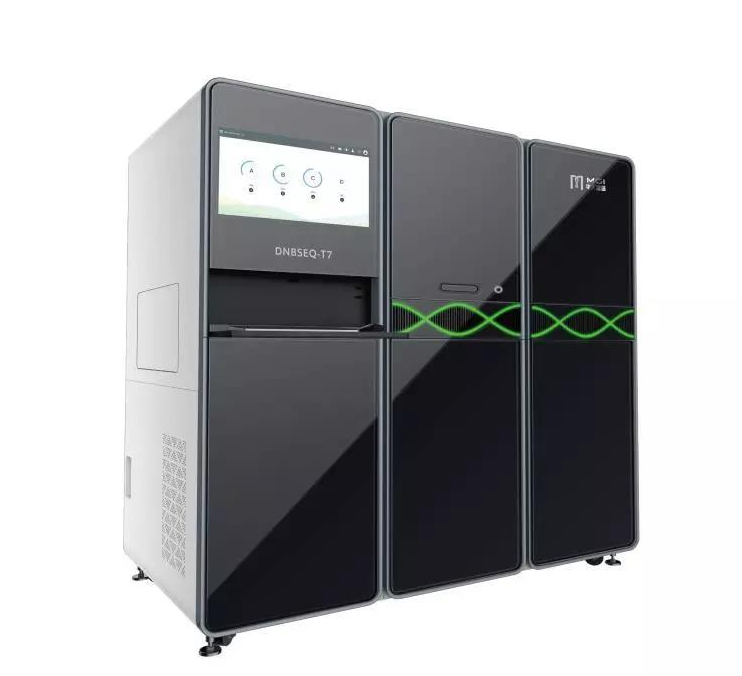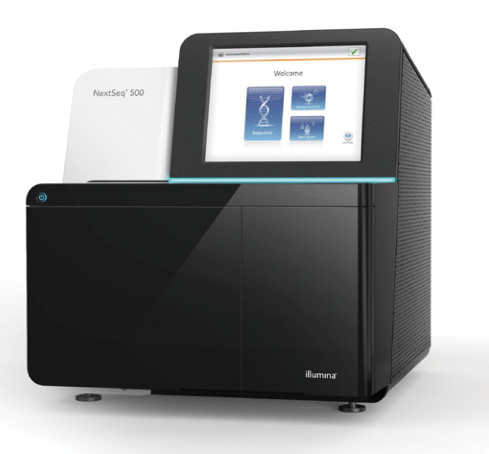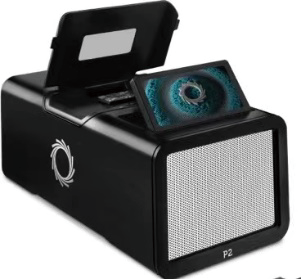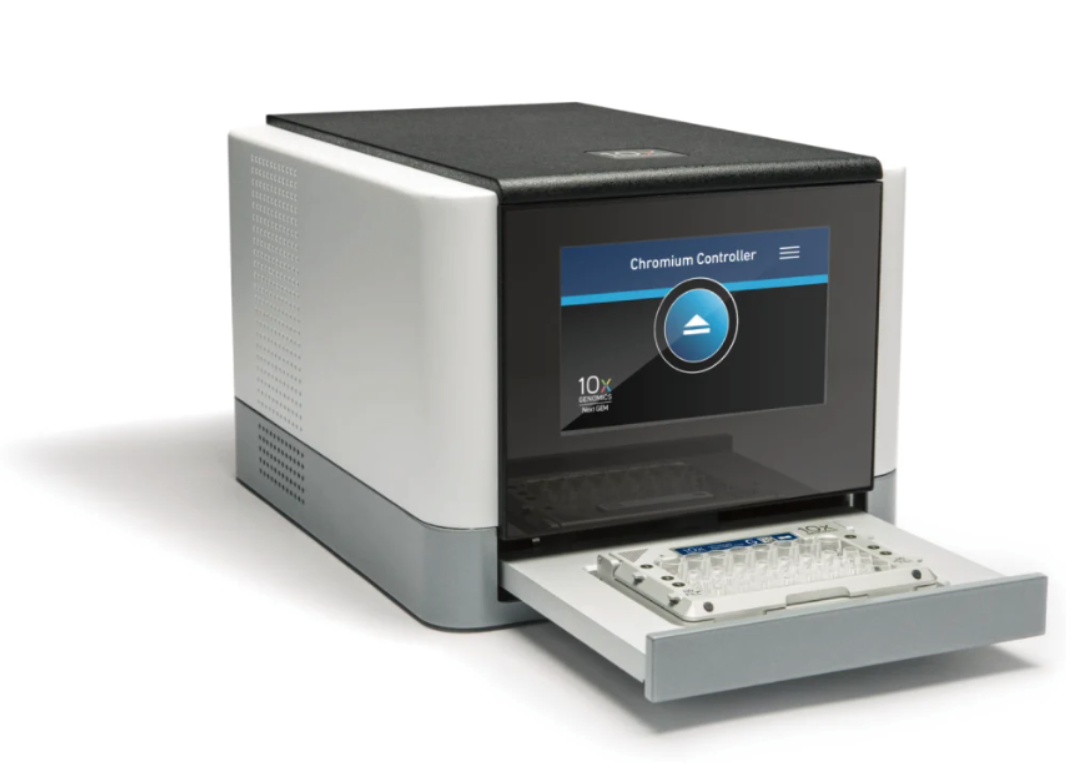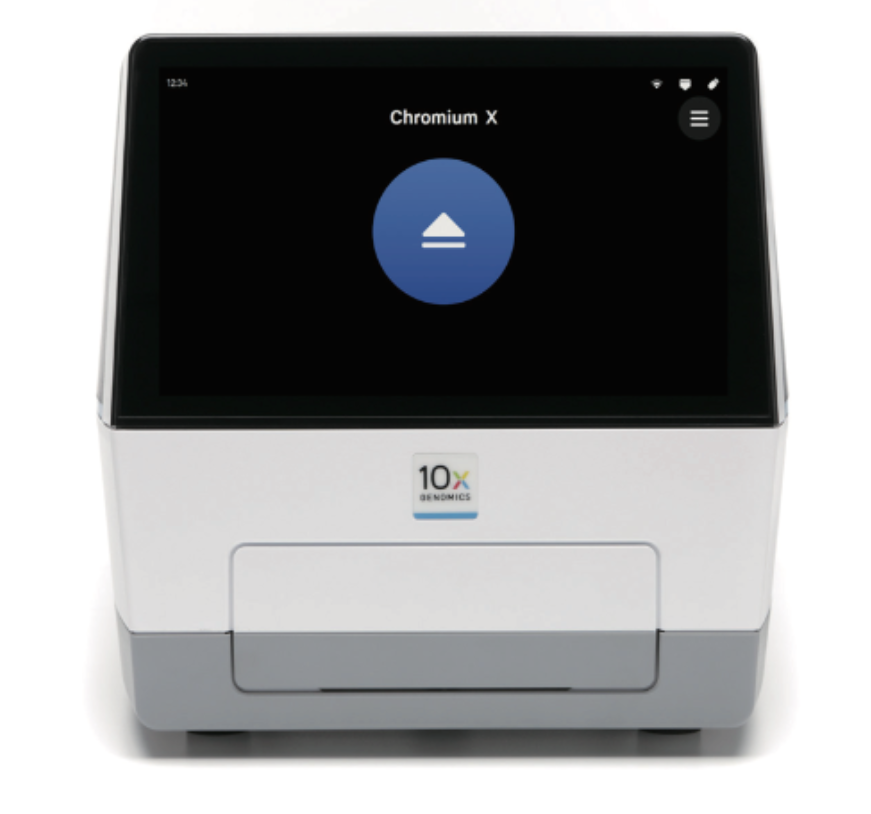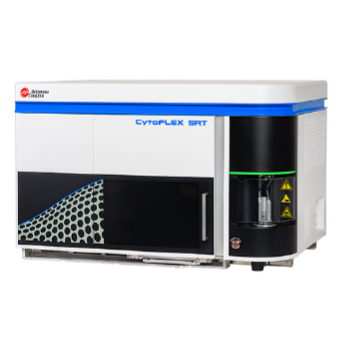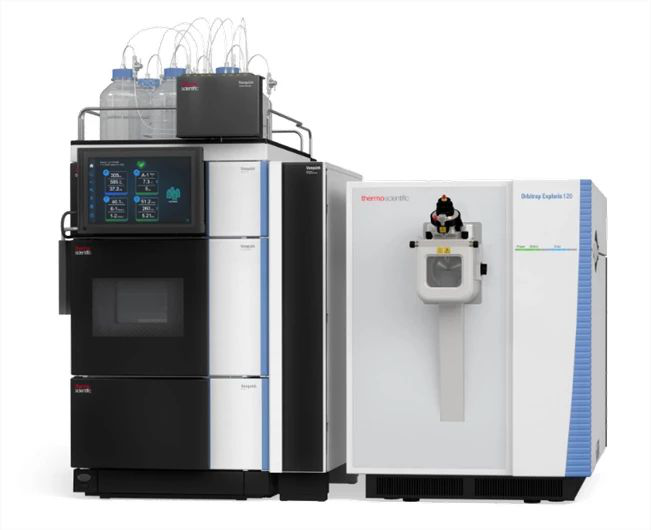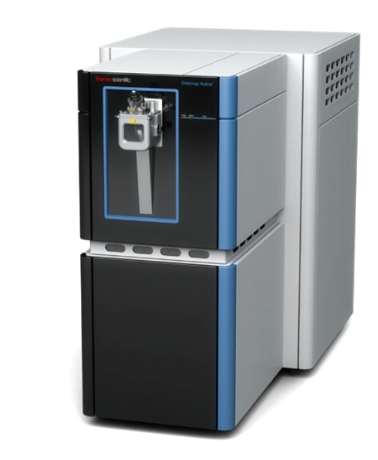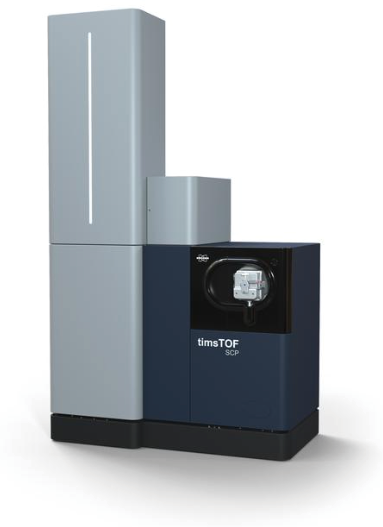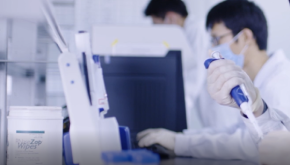It mainly depends on the research purpose. In general, if you want to get more comprehensive transcripts of a species, it is recommended to collect different tissue samples of this species to extract RNA, mixed RNA to get as comprehensive transcripts as possible. For example, roots, stems, leaves, flowers, fruits of plants; liver, kidney, intestine, skin, and other parts of animals are recommended to collect. If full-length transcriptome sequencing is for a certain tissue part, then different development stages of the tissue can be sampled.



